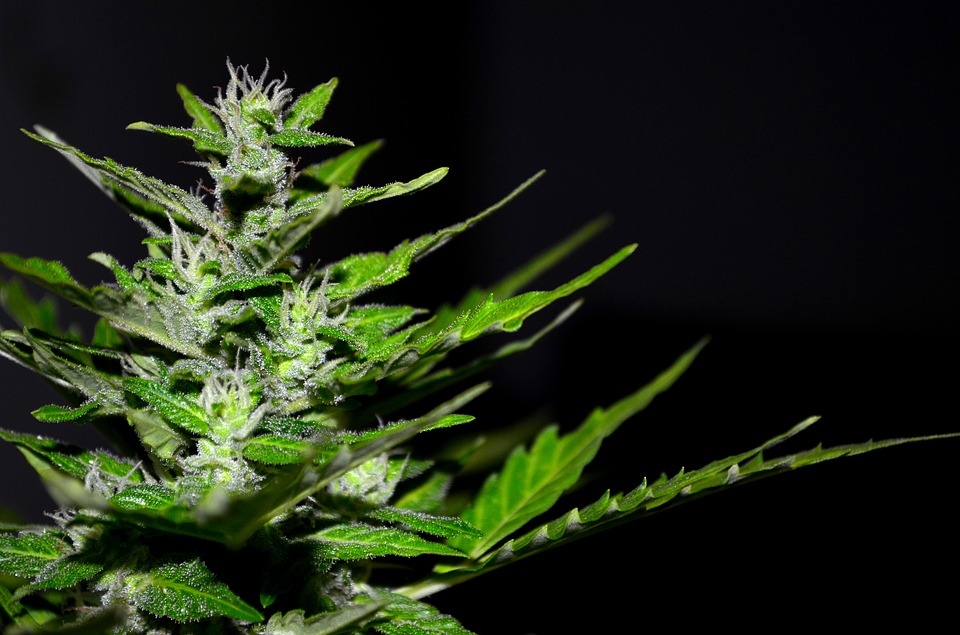The use of medicinal marijuana is on the rise; as of 2017, there was an estimated number of 2,617,919 legal medical marijuana patients. As more states become legal, you might be curious about marijuana and its counterpart, CBD. Which variety is better for different medical conditions? Does it help these conditions, or is the nation hopping on a bandwagon? Most importantly, is it right for you?
Cannabidiol (CBD)
THC is the psychoactive chemical in marijuana that gives you a high. Since CBD has trace amounts of THC in it (about .3%) but offers many medical benefits, it is increasing in popularity. There are many different varieties of CBD, and each variety offers medical help in different forms.
- Raw CBD oil makes up CBD distillate,but goes through a process called distillation. At the end of the process, the product contains about 80% CBD, so it is not considered a “pure” CBD product. It can be consumed through edibles, smoked/vaped or consumed in oil form. People with epilepsy and anxiety benefit most from this form of consumption.
- Topical ointments and salves made from CBD are used for everything from migraines to scars. The healing properties of CBD are showing up in beauty products as a natural way to help the skin and skin conditions.
- CBD oil can be purchased at most health food stores or any shop that sells private label supplements. You can consume it orally, usually through a syringe. It can help with anxiety, depression, stomach conditions and arthritis.
Tetrahydrocannabinol (THC)
If you live in a legal state and don’t mind the high that comes along with products containing THC, the healing effects associated with the plant might be beneficial to you. Humans have been using it for centuries (estimated since about 500 BC!) because of its positive effects on the human body and brain.
- The most traditional form of using THC is to smoke it. Whether you use a pipe, bong or joint, the smoke travels from the lungs and into the bloodstream so that you don’t just feel high, you start to feel better quicker. Smoking helps people who suffer from cancer (and the aftereffects of chemotherapy), nausea and other chronic pain conditions like fibromyalgia.
- Marijuana-infused oil or butter (“cannabutter”) is used to make edibles like gummies, brownies, cookies and many other kinds of foods. If smoking is not your thing but you want to treat your anxiety/depression, menstrual cramps, or many other ailments, try having an edible. It takes time for the effects to kick in, generally between one and two hours, but they last for a long time once you feel them.
- RSO, or Rick Simpson Oil, is a highly concentrated oil that is meant to be consumed orally or topically. The story goes that the creator, Rick Simpson, used the oil on cancerous tumors on his arm. The science on RSO is minimal as of yet, but many claim that it helps alleviate the growth of cancer cells.
Is it Legal?
CBD is generally accepted in the country because it doesn’t contain enough THC to count as psychoactive. THC in itself is a different story. Some states require a special medical card to purchase marijuana, others have legalized it for medical and recreational use. Until America decides to federalize the plant, understand the laws in your state and be cautious if you live in an illegal state.
Marijuana in any form is great for helping to manage pain and minimize the effects of chronic conditions. In the end, it really comes down to personal preference and what exactly your ailments are. Do your research and understand the pros and cons of trying it out.

Leave a Reply
You must be logged in to post a comment.